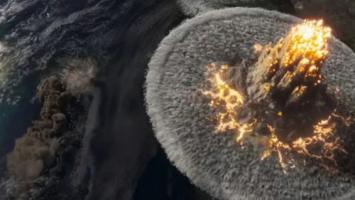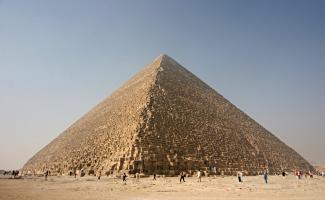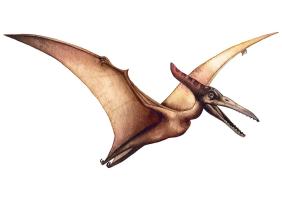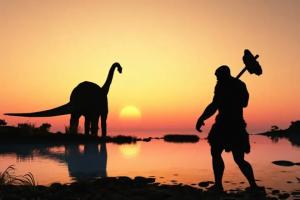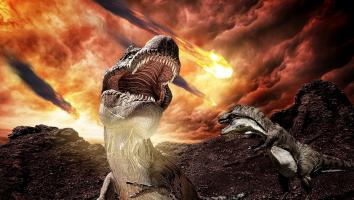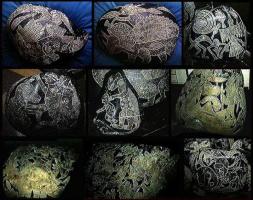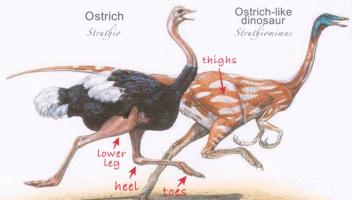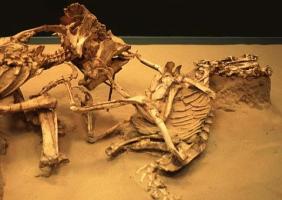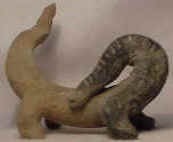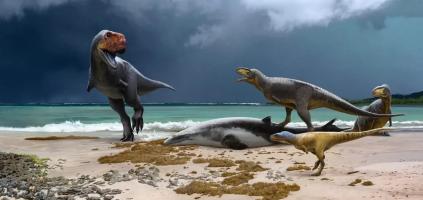The dinosaurs
During the Triassic, a period corresponding to about 220 million years ago, appear the largest animals that ever exist on our planet: the dinosaurs.
The landmasses are still a single continent called Pangaea, and dinosaurs reign as unchallenged masters. The first ruler is Postosuchus, a carnivore capable of hunting other fierce predators such as Placerias and Cerophysis.
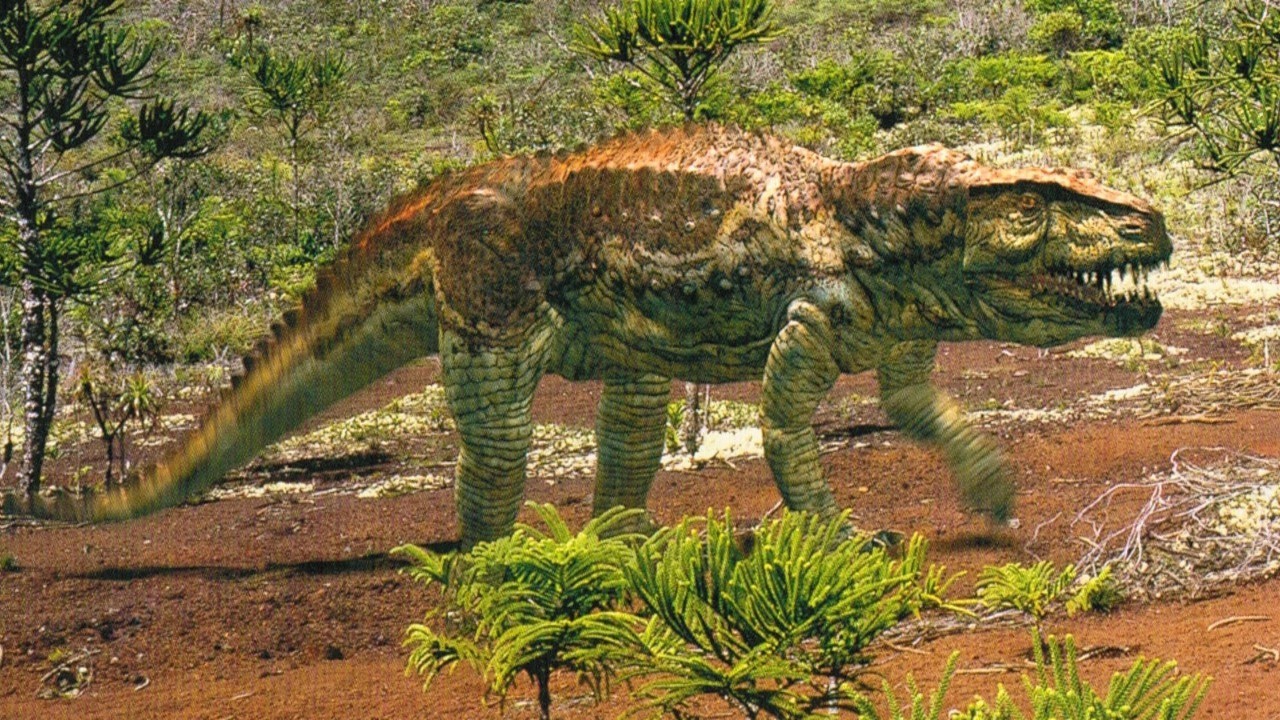
Plateosaurus, a giant herbivore, also appears in this period. In the Jurassic period dinosaurs experience a great expansion. Among herbivores, the Diplodocus stands out for its colossal size. According to researchers, based on some findings, it could reach 40 meters in length and exceed 40 tons in weight. The heaviest of all is the Brachiosaurus, which reaches 70 tons.
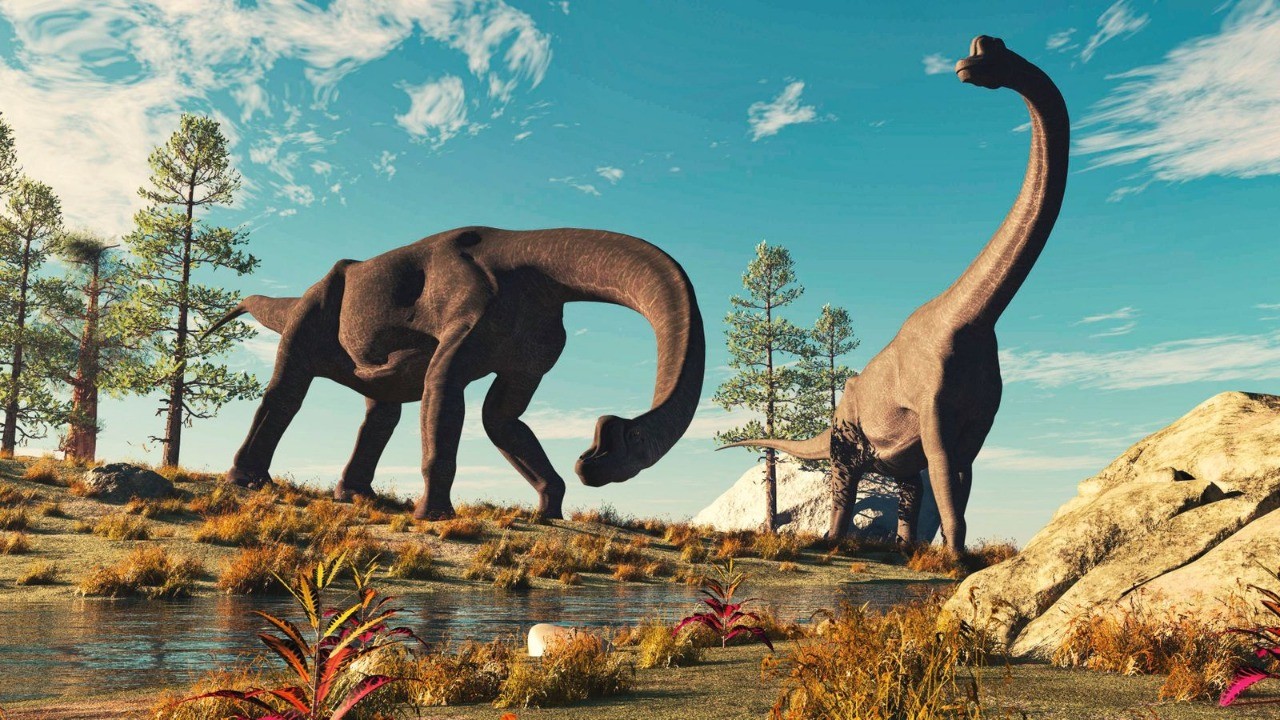
The most common enemy of the Sauropods is the Allosaurus, a carnivore that exceeds 12 meters in length and has hook-like claws.
In the Jurassic seas, an unchallenged predator reigns is the Liopleurodon, with similar size of today's whales: 25 meters long. Its skull only was about 5 meters long.

In the Cretaceous, 127 million years ago, the first flowers appear.
Ornithocheirus, a huge Pterosaur, with a wingspan of 13 meters, appears in the sky.
It has a very light skeleton and a wing area of about 20 square meters. With a single flap of its wings and thanks to updrafts, the Ornithocheirus is able to fly up to 50 kilometers.
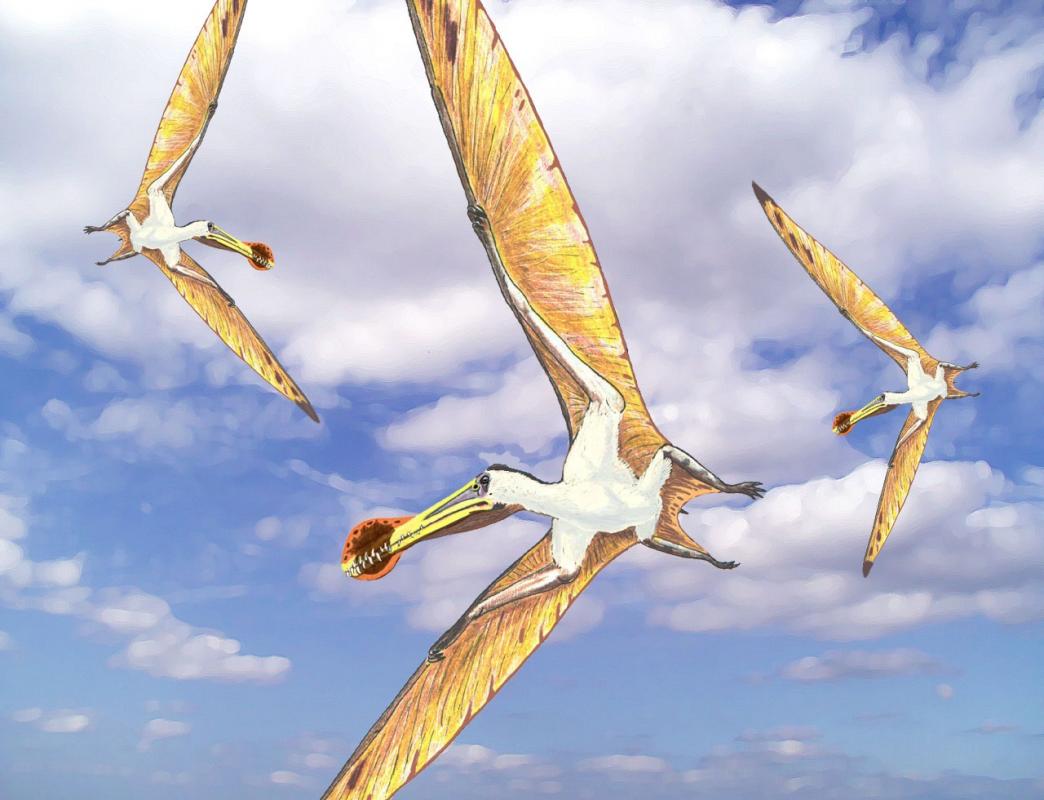
These giant creatures at the pinnacle of Pterosaur evolution will be surpassed by new dinosaurs equipped with feathers, which have shown great adaptive abilities, superior and more sophisticated: they birds.
Continents have now been formed, resulting in the appearance of a wide variety of plants and animals. Flowering plants have developed new systems to heal wounds quickly and reproduce with remarkable rapidity, encouraging the development of herbivores that are smaller in size than in the Jurassic.
In the Upper Cretaceous, one hundred and six million years ago, the climate is warm and humid, the landmasses continue to separate, and India is approaching Asia. Thanks to this phenomenon, dinosaurs continue to diversify, producing a plethora of species.
Australia and New Zealand are still connected with the Antarctica, forming a giant ice-free polar continent. Some dinosaurs, such as Muttaburrasaurus, arrive here in summer to take advantage of the lush vegetation growth;
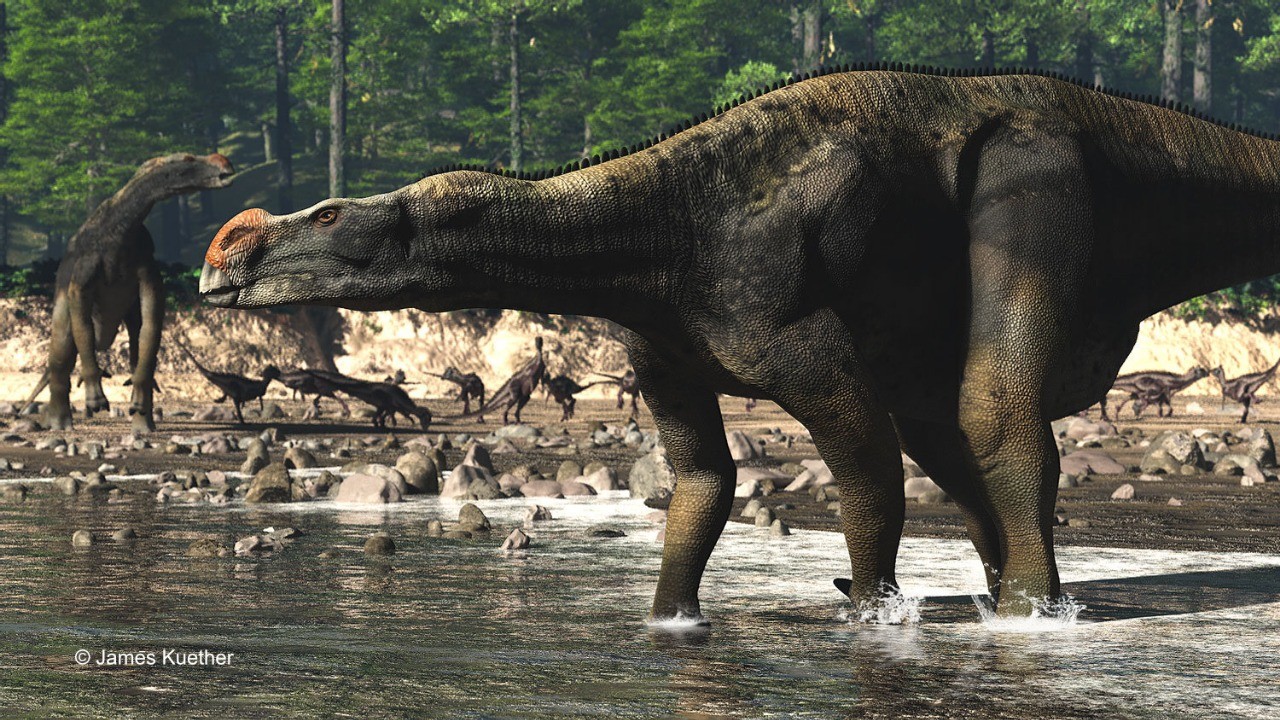
others become its permanent inhabitants, such as Leaellynasaura, which have developed remarkable adaptation strategies for living in polar forests.
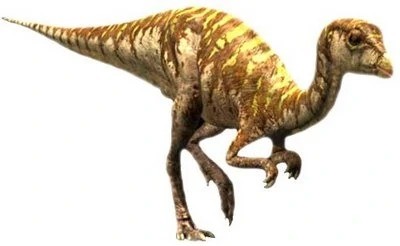
Didelphodon, a small mammal, is a scavenger animal. It is a marsupial that specializes in plundering abandoned dinosaur nests.
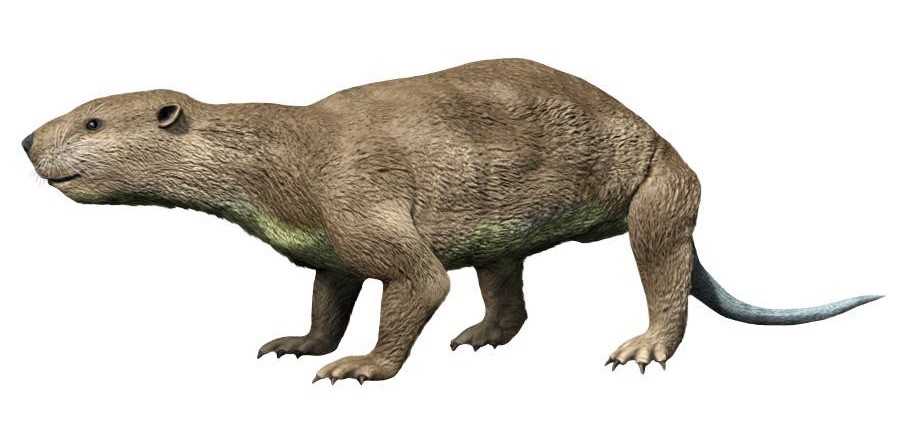
We are at the end of the Cretaceous period and the continents are now taking their present form, but this interminable movement of the Earth's crust has also produced extraordinary volcanic activity across the entire planet. Eruptions that lasted for centuries transformed huge territories, filling the atmosphere with poisonous gases, slag and volcanic dust. This desolate world is still dominated by dinosaurs, just as it has been for the last one hundred and sixty million years, but we are now toward the end of their reign. Life on earth now seems to be facing its end.
Yet over the past two million years the fiercest of all predatory dinosaurs has appeared on the planet: the Tyrannosaur.
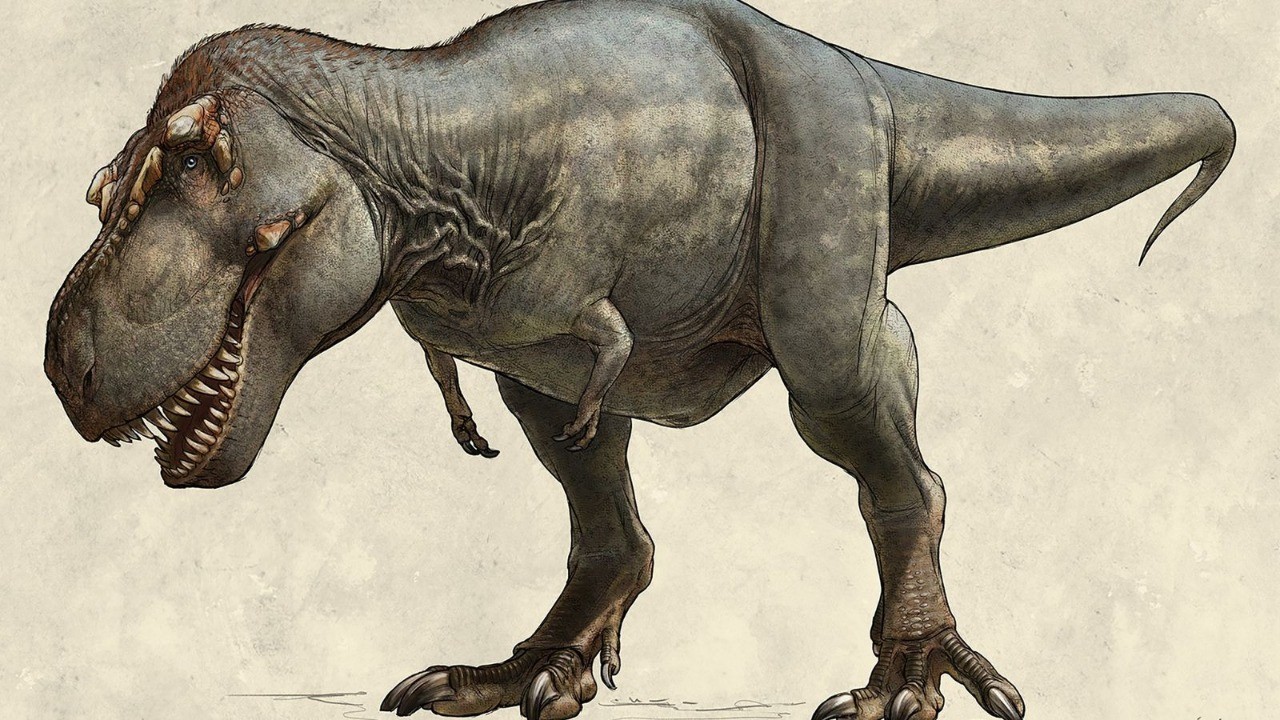
The Tyrannosaur is 13 meters long, weighs 5 tons and has evolved to kill other giant dinosaurs.
The quiet plant revolution is carried on by the appearance of flowers. Their secret lies in the intimate relationship these have established with insects. A relationship that has become so close that some flowers can only be pollinated by insects, while some insects, such as butterflies, feed only on flowers. Amid this blossoming of new plant species, birds multiplied.
Over millions of years, natural evolution has forged an intimate relationship between different types of dinosaurs, most importantly, it has created a delicate balance between predators and prey.
Ankylosaurus is an extraordinary dinosaur that specializes in self-defense.
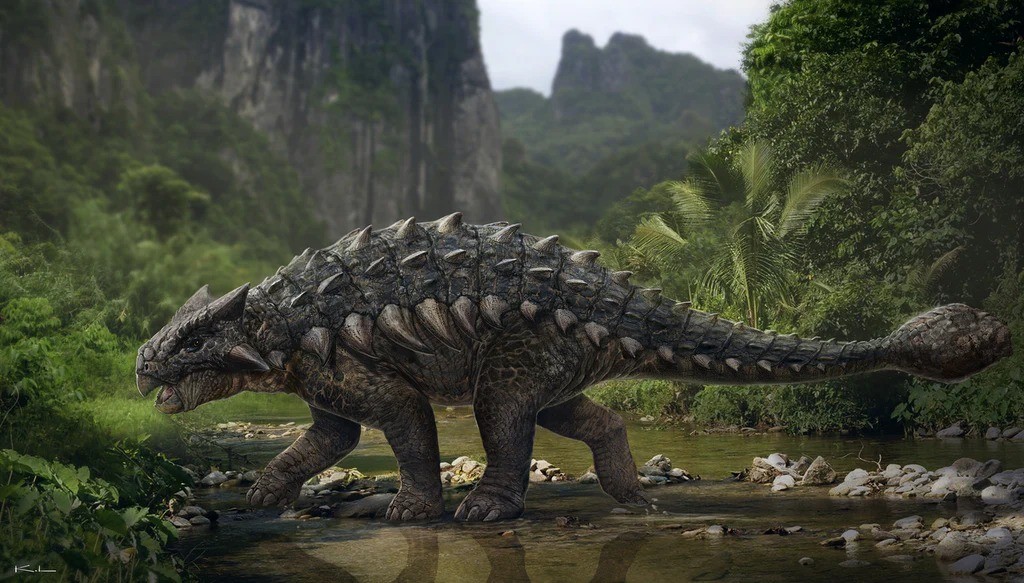
It specialized so extensively that it could even withstand the attack of a tyrannosaur. Weighing up to seven tons, ankylosaurs are so carefully protected that even their eyelids are hardened, and if that were not enough, they have a formidable club at the end of their tail.
Tyrannosaurs still dominate large territories, stretching for hundreds of kilometers but soon it will be the dawn of the mammalian era. The size of mammals will grow significantly in the Cretaceous period, however a weight of ten kilograms is the maximum a mammal can deal with.
One of the main food sources available to tyrannosaurs are these large torosaurs.
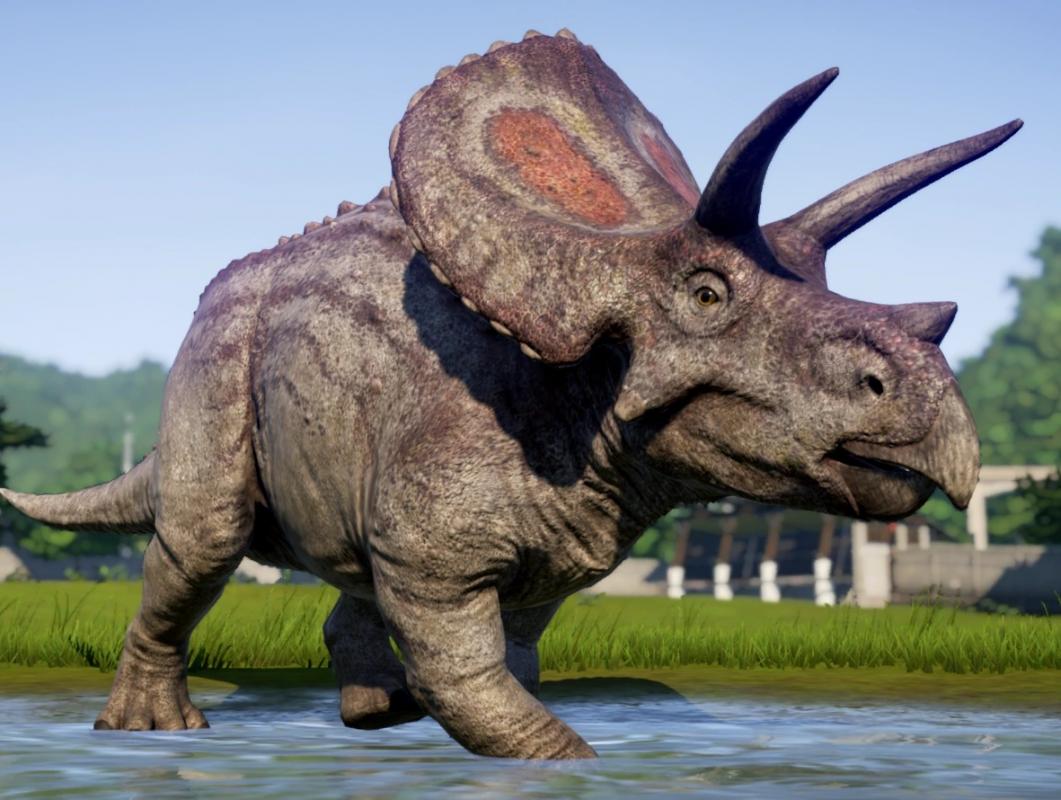
In the Late Cretaceous, herds of these horned herbivores are widespread and attract large numbers of predators. When mating season approaches the males push their blood to the crest, creating a colorful display of vitality. These colorful demonstrations serve to avoid any physical contact. With horns one meter in length any confrontation can result in serious injury. Probably the one showing off the flashiest crest is considered the winner.
Pterosaur quetzacoaltus, large flying reptiles have been in decline for 20 million years now.
65 Millions years ago their fate is sealed like that of all other Cretaceous dinosaurs.
A great comet strikes the earth. The light of the impact fades into silence followed by an explosion. A shower of stones falls from the now black sky: this is the end of dinosaur time.
The comet hit probably the Gulf of Mexico with the force of 10 billion atomic bombs like the one that hit Hiroshima. In the catastrophic climate changes that followed the impact, 65 percent of the planet's living things died. The earth would need a million years to recover, and by that time the dinosaurs were gone, extinct forever.
Other wonderful creatures had appeared in their place, and we now know that a small group of dinosaurs survived the comet impact. Today they are all around us: birds.










